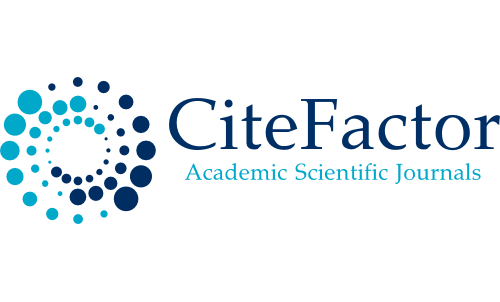Interação de Linfócitos Th17 com Componentes Imunes na Infecção por Staphylococcus aureus: Para Onde Iremos?
DOI:
https://doi.org/10.17765/1983.1870.2015v8n1p183-190Palavras-chave:
Controle, Infecção, Staphylococcus aureus, Control, Infection, Staphylococcus aureus.Resumo
Infecções bacterianas são altamente prevalentes no mundo e Staphylococcus aureus tem grande importância neste contexto. A maioria das infecções causadas por este patógeno se dá através da pele ou da mucosa. Neutrófilos e linfócitos são células fundamentais no controle destas infecções. Recentemente foi demonstrada uma subpopulação linfocitária relacionada com a produção de altas quantidades de Interleucina (IL) 17, além de outras citocinas como IL-21, IL-22 e IL-23. Este subtipo celular foi denominado de células T helper 17. Estas células foram relacionadas com o recrutamento de neutrófilos para os locais infectados e com mecanismos de imunidade protetora contra patógenos extracelulares. No entanto, a interação entre neutrófilos e linfócitos Th17 ainda é pouco esclarecida. Diante destes fatos, este estudo teve como objetivo aglutinar importantes aspectos atuais ligados ao entendimento do desenvolvimento de respostas imunes mediadas por linfócitos T helper 17 contra o S. aureus. Interaction of Lymphocytes Th17 cith Immune Components in Infections By Staphylococcus aureus: Where Are We Heading? ABSTRACT: Bacterial infections are predominant worldwide and Staphylococcus aureus is very relevant in current context. Most infections are caused by the pathogen through skin or mucus. Neutrophils and lymphocytes are basic cells in the control of these infections. A lymphocyte sub-population was recently revealed to be related to the production of high amounts of interleukin (IL) 17, and other cytokines such as IL-21, IL-22 and IL-23. The cellular sub-type was called T helper 17 cells, related to recruitment of neutrophils for the infected sites and with the protecting immunity mechanisms against extracellular pathogens. However, the interaction between neutrophils and lymphocytes Th 17 is only scantily known. Current paper agglutinates important aspects linked to the development of immune responses mediated by T helper 17 lymphocytes against S. aureus.Downloads
Não há dados estatísticos.
Downloads
Publicado
22-06-2015
Como Citar
Santos, D. P. dos, & Silva, R. A. A. da. (2015). Interação de Linfócitos Th17 com Componentes Imunes na Infecção por Staphylococcus aureus: Para Onde Iremos?. Saúde E Pesquisa, 8(1), 183–190. https://doi.org/10.17765/1983.1870.2015v8n1p183-190
Edição
Seção
Artigos de Revisão
Licença
A submissão de originais para a revista Saúde e Pesquisa implica na transferência da Carta Concessão de Direitos Autorais, pelos autores, dos direitos de publicação digital para a revista após serem informados do aceite de publicação.A Secretaria Editorial irá fornecer da um modelo de Carta de Concessão de Direitos Autorais, indicando o cumprimento integral de princípios éticos e legislação específica. Os direitos autorais dos artigos publicados nesta revista são de direito do autor, com direitos da revista sobre a primeira publicação. Os autores somente poderão utilizar os mesmos resultados em outras publicações, indicando claramente a revista Saúde e Pesquisa como o meio da publicação original. Em virtude de tratar-se de um periódico de acesso aberto, é permitido o uso gratuito dos artigos, principalmente em aplicações educacionais e científicas, desde que citada a fonte. A Saúde e Pesquisa adota a licença Creative Commons Attribution 4.0 International.
A revista se reserva o direito de efetuar, nos originais, alterações de ordem normativa, ortográfica e gramatical, com vistas a manter o padrão culto da língua e a credibilidade do veículo. Respeitará, no entanto, o estilo de escrever dos autores. Alterações, correções ou sugestões de ordem conceitual serão encaminhadas aos autores, quando necessário. Nesses casos, os artigos, depois de adequados, deverão ser submetidos a nova apreciação. As opiniões emitidas pelos autores dos artigos são de sua exclusiva responsabilidade.


















